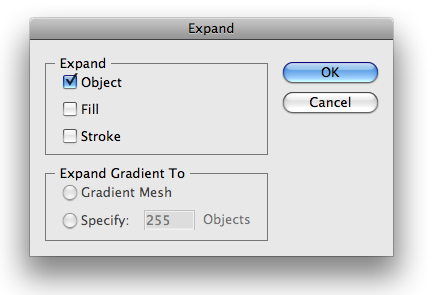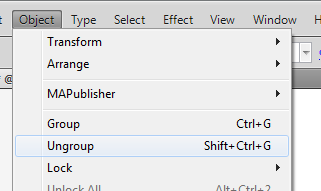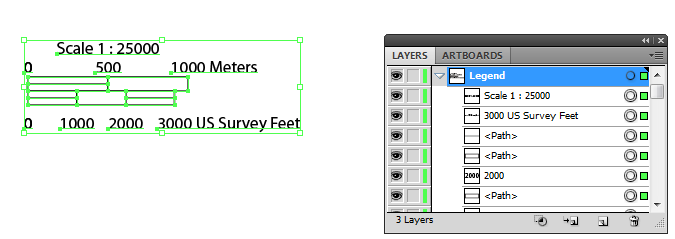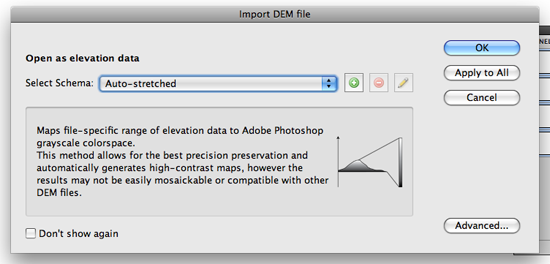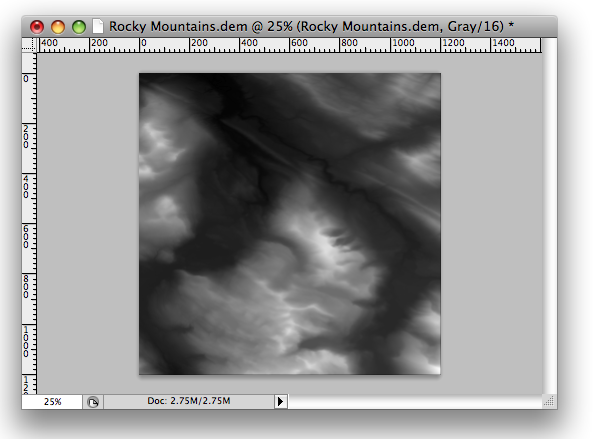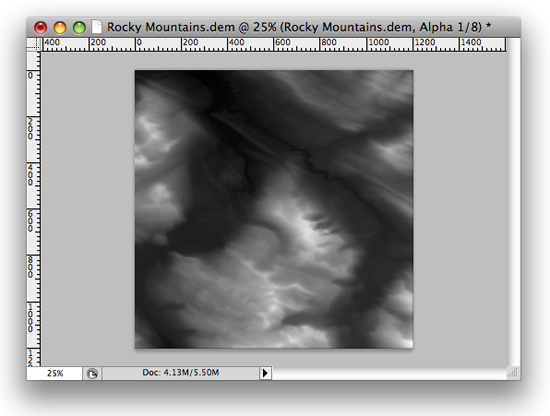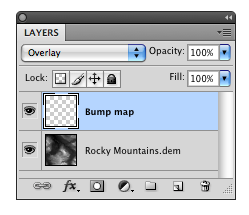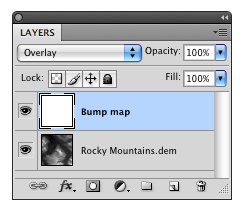– Geospatial PDF reader with GPS positioning to be available soon for iPad and iPhone –
Toronto, ON, July 12, 2010 – Avenza Systems Inc., producers of MAPublisher® cartographic software for Adobe Illustrator® and Geographic Imager® spatial tools for Adobe Photoshop® is pleased to announce the upcoming availability of the first and only geospatial PDF application for Apple iOS devices including the iPad, iPhone and iPod Touch platforms.
Complimenting the geospatial PDF authoring capabilities of MAPublisher for Adobe Illustrator (soon to also be available for Geographic Imager for Adobe Photoshop), the Avenza geospatial PDF app for iOS devices will be the first of its kind designed specifically for non-GIS savvy users. It will give field personnel the power to interact with geo-registered PDF maps and images directly from their iOS device with viewing performance levels well above any currently available PDF viewing applications.
“Our MAPublisher and Geographic Imager applications for Adobe Creative Suite offer the only available methods for authoring geospatial PDF documents within the Adobe environment and we are now delighted to extended the power of geospatial PDF viewing and interaction to Apple iOS devices.” said Ted Florence, President of Avenza. “For the first time, publishers and users of geospatial PDF documents will now have complete access to them on their iPhones, iPads and iPod Touches which is an exciting proposition for anyone working with these types of documents in field work or navigation”, he added.
The Avenza geospatial PDF app for Apple iOS will offer the following capabilities
- Access and load maps through iTunes File Sharing and over a Wi-Fi or cellular network
- View your current location on the PDF map using the built-in GPS (iPad and iPhone only)
- Display the location of any point on the map in world units (latitude and longitude)
- Quickly view, zoom and pan maps using gestures (pinch, drag and flick, double tap)
- Optimized for fast loading and refreshing of large maps and spatial documents
- Record and export way-points and notes
- Measure distances
Visit https://avenza.com/geospatial-pdf-app for more information.
More about MAPublisher and Geographic Imager
MAPublisher for Illustrator is powerful map production software for creating cartographic-quality maps from GIS data. Developed as a suite of plug-ins for Adobe Illustrator, MAPublisher leverages the superior design capabilities of this leading graphic design software.
Geographic Imager is powerful software for working with spatial imagery in Adobe Photoshop that leverages the superior image editing capabilities of this raster-based image-editing software. For more information on these products and the Avenza geospatial PDF app visit the Avenza website at www.avenza.com
More about Geospatial PDF
With the release of Adobe Acrobat 9 and Adobe Reader 9 a new geospatial feature set was introduced to the Adobe PDF specification. Geospatial PDF files are PDF documents that contain geospatial information such as real world location and/or GIS attributes. Geospatial PDF documents can be created in some GIS applications such as ArcGIS and Mapinfo and from within Adobe Illustrator and Adobe Photoshop with the aid of the MAPublisher and Geographic Imager plugins, respectively. The geospatial data contained in a geospatial PDF document may be accessed and used (for example to locate a specific point or measure distances) without the aid of any additional plugins, using tools found natively within Adobe Reader 9 and Acrobat 9.
More about Avenza Systems Inc.
Avenza Systems Inc. is an award-winning, privately held corporation that provides cartographers and GIS professionals with powerful software tools for making better maps. In addition to software offerings for Mac and Windows users, Avenza offers value-added data sets, product training and consulting services. Visit www.avenza.com for more details.





